Last Chance to Catch NYC's Holiday Notalgia Train
We met the voices of the NYC subway on our nostalgia ride this weekend!

From the vestiges of an insane asylum to the remnants of Croton Aqueduct, these are the most fascinating secrets of Morningside Heights.

Morningside Heights, the home of Columbia University, is a neighborhood in Upper Manhattan between 110th and 125th Streets and from Riverside Drive to Morningside Drive. As its name suggests, the neighborhood is located on a high plateau between Riverside and Morningside Parks.
Until about the 1890s, the area was rather inaccessible and contained two notable asylums, but around the turn of the century, residential development began as the University expanded. Today, the neighborhood is home to numerous universities, including the Jewish Theological Seminary and the Manhattan School of Music, as well as many religious institutions. Here are our top 10 secrets of Morningside Heights!
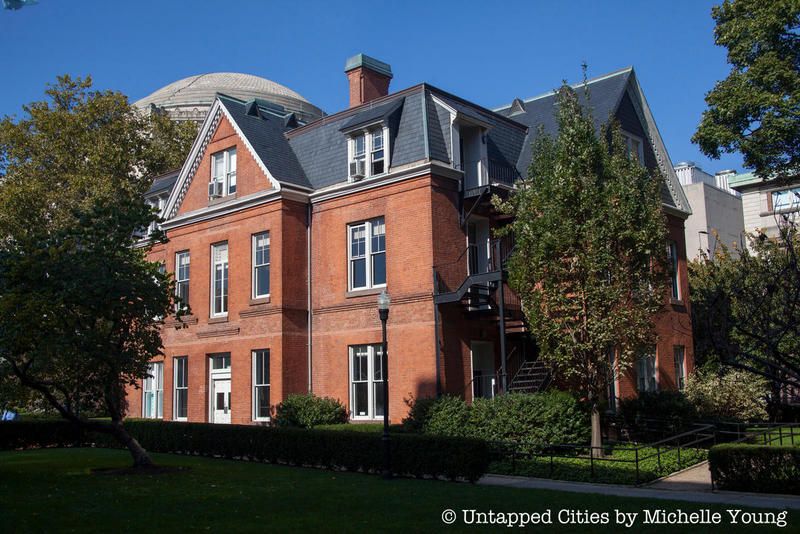
The Bloomingdale Insane Asylum was a private hospital for the mentally ill where Columbia University is now located. Founded by New York Hospital, the institution was proposed as early as 1769 by Dr. Peter Middleton, who advocated for a “public infirmary,” but it wasn’t until 1816 that the Society of the New York Hospital bought 26 acres for the asylum. A 30-bed building was constructed in 1829 for men, and one for women was erected eight years later, which made the facility the first in the state that cared for the mentally ill. As the institution grew, so did the population needing care, and those who could not afford medical treatment were moved to Roosevelt Island‘s New York City Lunatic Asylum.
Contrary to what most would expect, the asylum featured elaborate gardens with a working farm, orchards, and pasture. Many valued the therapeutic nature of the facility, which would eventually move to White Plains in 1889. As the city expanded further north, New York Hospital sold not just the asylum but also the nearby Leake and Watts Orphan Asylum on the present-day Cathedral of St. John the Divine. The orphan asylum, for “the maintenance and education of helpless orphan children” was founded in 1831 and remained at the site until 1891. Once Columbia University expanded its Morningside Heights campus, it occupied several buildings from the former asylum, and today, the only structure remaining is Buell Hall, which houses La Maison Française.
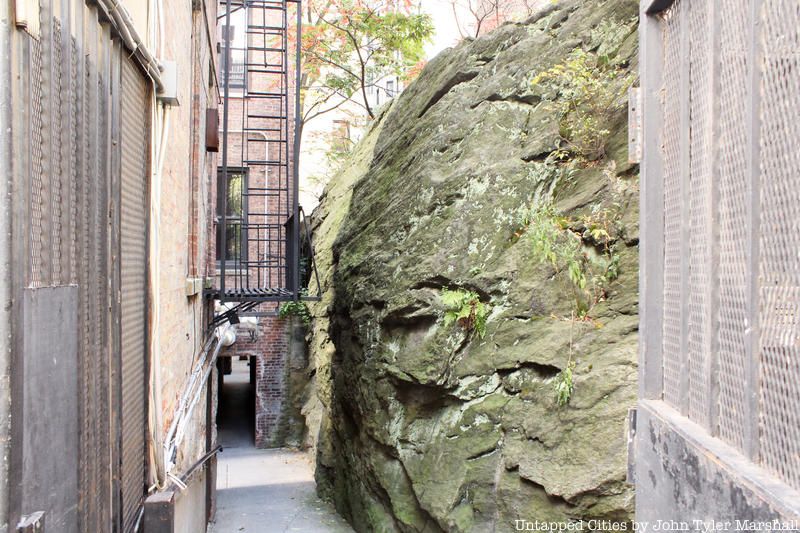
Manhattan schist, which can be found in Morningside Park, as well as nearby Marcus Garvey Memorial Park, is a type of very strong rock that was formed about 450 million years ago. Manhattan schist is the second-oldest bedrock in New York City after Fordham gneiss, which was formed around 1.1 billion years ago during the pre-Cambrian era. For reference, Manhattan schist was formed when all the continents were a single supercontinent called Pangaea. Although Manhattan schist is very stable, it’s found quite deep underneath lower Manhattan, from about 20 feet below Times Square to 260 feet below Greenwich Village.
A cliff made of Manhattan schist separates the top of the park in Morningside Heights from the bottom in West Harlem. In addition to rock outcroppings, there is a glacial groove at 121st Street, a scratch cut into the bedrock by glacial abrasion. But perhaps one of the most notable places to find Manhattan schist in Morningside Heights is Rat Rock, a giant boulder sandwiched between two apartment buildings on 114th Street. The boulder of Manhattan schist is 30 feet high by 100 feet long and is surrounded by a fence to prevent vandalism.
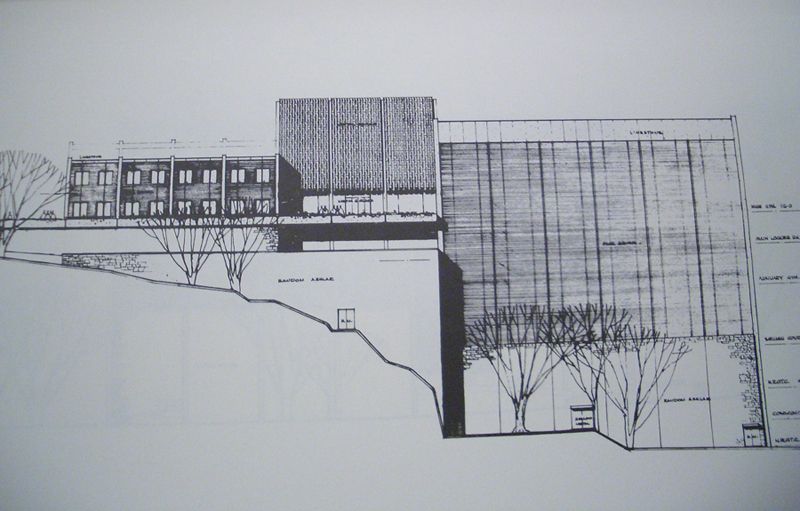
In 1960, Columbia University proposed the construction of a new gym in nearby Morningside Park. Although proposed as a way of beautifying the park, the gym sparked a huge student protest which temporarily shut down Columbia. The proposed gym included two doors, one for Harlem community residents, who were predominantly Black, and one for Columbia students, who were predominantly white. This, along with the involvement of professors in weapons development during the Vietnam War, led to the 1968 Columbia protests in part led by Students for a Democratic Society and Students for Afro-American Society.
The proposed initiative was deemed “Gym Crow” since many people viewed its design as a way to circumvent the Civil Rights Act of 1964. These protests led to the occupation of Hamilton Hall, tension between SDS and SAS, and ultimately the NYPD suppression of protestors. Administrators canceled all plans for the gym and terminated all ties with weapons research for the Vietnam War. Instead of this gym, Columbia built an underground fitness center by the north of campus.
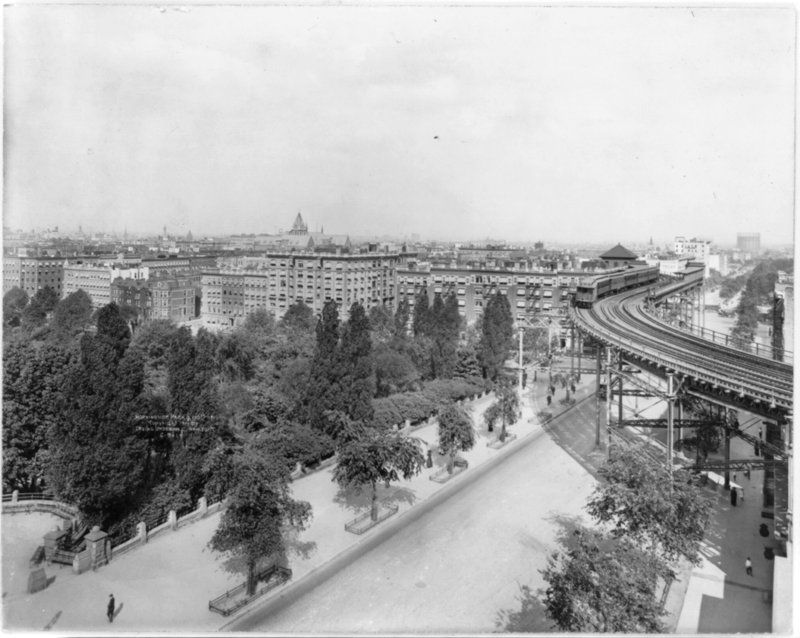
The IRT Ninth Avenue Line was the first elevated railway in Manhattan. Originally called the West Side and Yonkers Patent Railway, the cable-powered elevated railway extended from South Ferry up to the southern Bronx. A portion of this elevated rail line, which originally extended from just Battery Place to Cortlandt Street, was added in the late 1870s, extending from 104th Street and Columbus Avenue. The line traveled east on 110th Street and north up Eighth Avenue to 125th Street.
At 110th Street, next to Morningside Park, was a notable curve that was the highest ever built, standing at 100 feet above street level. It curved 90 degrees from Ninth Avenue onto 110th Street. Despite its architectural feat, it was nicknamed “Suicide Curve” because many people would jump to their deaths from there. The line ceased operations on June 11, 1940.
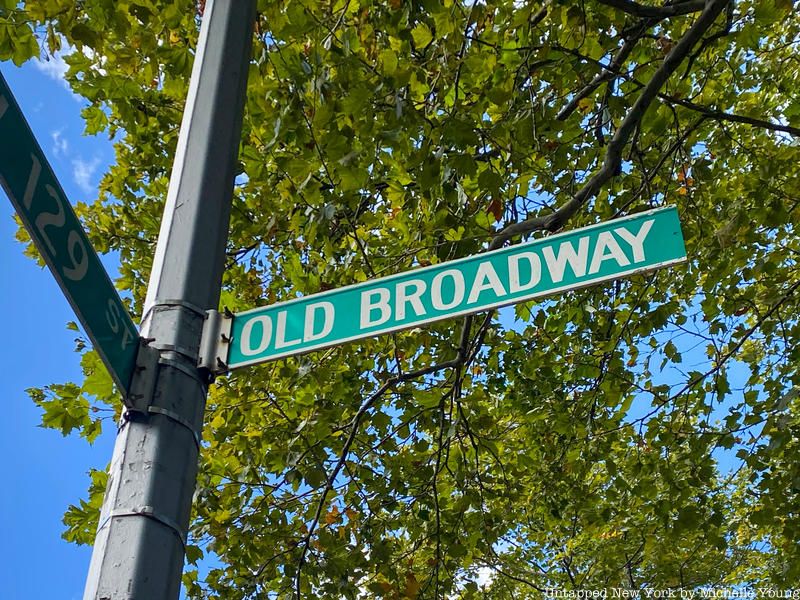
Before Broadway extended all throughout Manhattan, there was the Bloomingdale Road, the main route connecting lower Manhattan to Morningside Heights. During the Dutch era, the portion of Manhattan between 100th and 130th Streets was known as Bleomendael, which later became Bloomingdale. Andrew Haswell Green, New York’s first master planner, was responsible for widening and straightening Bloomingdale Road, which led to a more rapid development of the area. Much of the area’s commerce at the time was located around West 110th Street, where the Lion Palace served as a popular entertainment “resort,” Because of the success of the Lion Palace, a number of other resorts opened, thus creating a small entertainment district.
Around this time, the Dixon family put up wood-frame houses for German and Irish immigrants on West 110th Street. The area was thus deemed “Dixonville,” and saloons and dance halls started popping up. The area was a popular destination for younger crowds looking for a beer and a show, as the area also attracted some vaudeville performances. The area drew comparisons to Coney Island, and many began calling the stretch of West 110th Street “Little Coney Island,” even after the state legislature tried to restrict drinking.
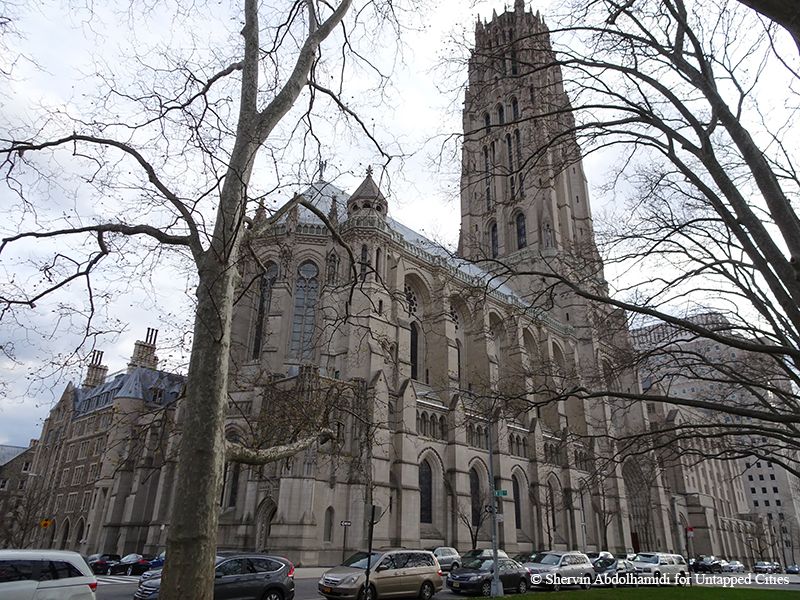
Riverside Church is the tallest church in the United States and the 24th tallest in the world, standing at 392 feet tall. The 22-story bell tower is modeled after a tower at Laon Cathedral in France, except with a base of 100 feet. The structure of Riverside Church is supported by steel frames like Midtown’s office buildings. Tours of the tower offer panoramic views of the Hudson River and upper Manhattan.
The church also had the largest carillon of bells in the world when it was first constructed, and the carillon was donated by John D. Rockefeller, Jr. (who helped build the church) in memory of his mother. Other large features include the 14th largest organ in the world and numerous statues of scientists. The church also used to have a bowling alley in its basement.
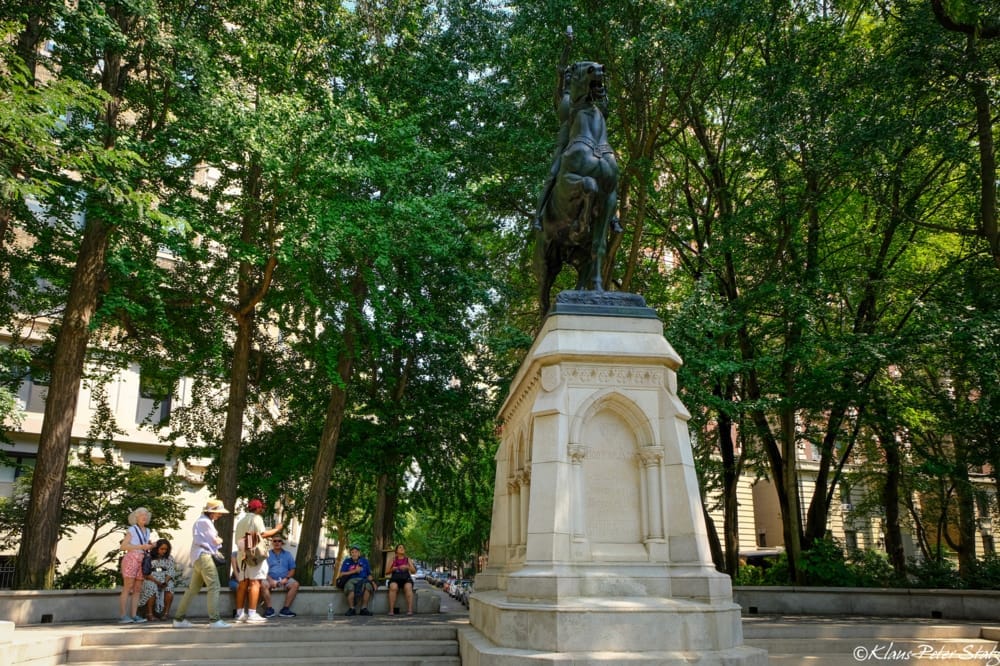
Uncover secrets of the monuments and buildings on NYC's Upper West Side!
🎟️ Get 50% off as an Untapped New York Insider!
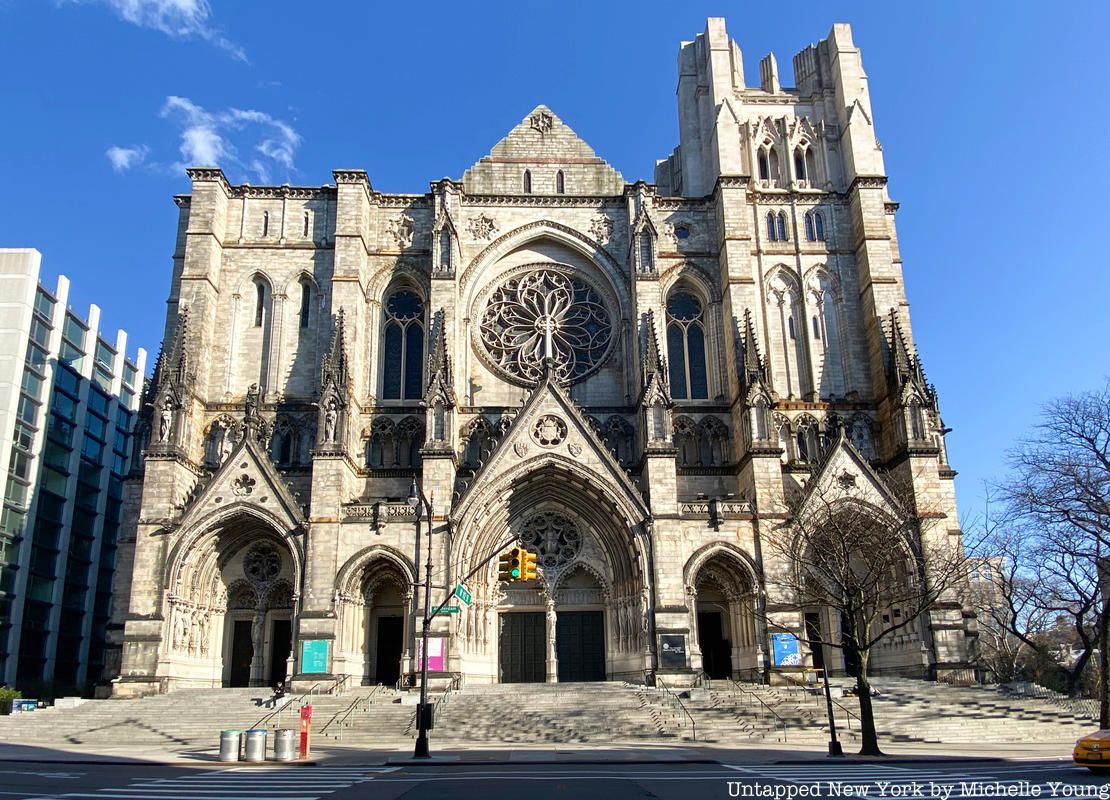
The Cathedral of St. John the Divine on Amsterdam Avenue is the world’s sixth-largest church by area. That said, it’s also unfinished: only two-thirds of the original plan was completed. The cathedral was originally designed in the Byzantine Revival and Romanesque Revival styles, but over a decade later, the plans shifted toward Gothic Revival in 1909. It was not until 1941 that the nave was completed, mainly due to lack of funding, and little progress has been made since. Knowing about the area’s robust bedrock, work on the cathedral began in 1893, yet builders unexpectedly hit soft shale pockets that would hinder the building’s construction, so they drilled deep shafts until they reached bedrock and filled them with concrete.
When the 601-foot-long cathedral opened in 1941, it was the world’s second-largest behind St. Peter’s Basilica. Work stopped on the cathedral right after the attack on Pearl Harbor, and following World War II, there was no more construction on the cathedral for three decades. Construction on the two western towers began in 1978, which extended their height by 150 feet. Worked was then halted again in 1992 after funding was depleted, and a 2001 fire further pushed back any plans for finishing the remaining third of the plan. Despite all this, the cathedral still boasts the country’s largest rose window and many modern stained glass images. And also be sure to check out the peacocks at the cathedral.
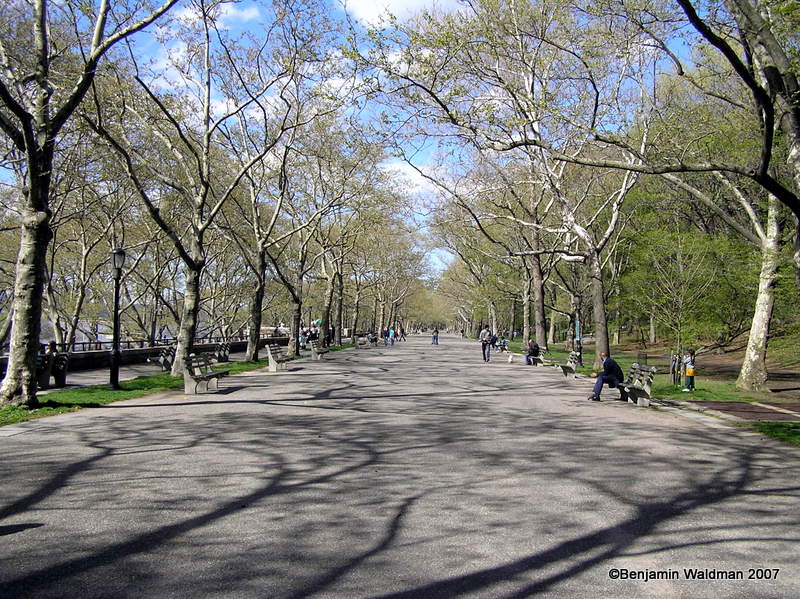
The West End Bar was a favorite among Columbia students and Morningside Heights residents, located along Broadway near 114th Street. Established in 1911, the bar boasted that it was “Where Columbia Had Its First Beer.” It also notably hosted influential authors of the Beat Generation during their formative days. It was here that Kerouac, Ginsberg, Burroughs and another man named Lucien Carr would often drink into the night. It was also here, however, where Carr would commit one of the area’s most shocking murders. After drinking at the West End Bar, Carr took a stroll through Riverside Park with David Kammerer, who made an unwanted move on Carr in the park. This sparked a fight, and Carr eventually used his Boy Scout knife to stab Kammerer twice, later killing him.
The bar was also a significant meeting place for Students for a Democratic Society, led by Mark Rudd, which led the 1968 Columbia protests. The bar featured a basement for live jazz, which pulled in some big names, and the bar was renovated in the 1970s to give it a Victorian-era feel. Yet the West End as Columbians knew it was sold in 2006 and temporarily replaced by a Cuban restaurant, then most recently by a board game cafe called Hex & Co. As Uptown’s only board game cafe, Hex & Co. offers over 1,000 board games and hosts one of the largest Dungeons and Dragons servers in the world.
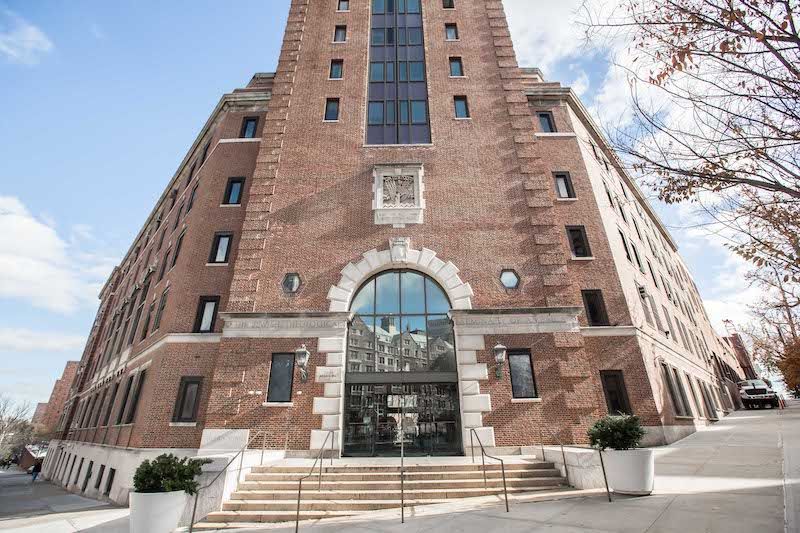
The Jewish Theological Seminary (JTS) is one of the many educational institutions in Morningside Heights, as one of the largest academic centers of Conservative Judaism in the world. In addition to operating five schools, the institution features a Special Collections wing with the largest collection of Hebrew manuscripts on earth with 11,000. There are over 2,500 dealing with subjects of rabbinics alone. These also include manuscripts about the “Bible, Jewish philosophy and poetry, liturgy, and philology.”
In addition, the Library contains 43,000 fragments from the Cairo Genizah from the Ben Ezra Synagogue, including a letter signed by Maimonides. There’s also the most complete collection of early Hebrew printed books, from the birth of movable type to 1500; over 500 Jewish marriage contracts; 430 scrolls, including Torah and Haftarah scrolls; and Kabbalistic writings and genealogical charts.
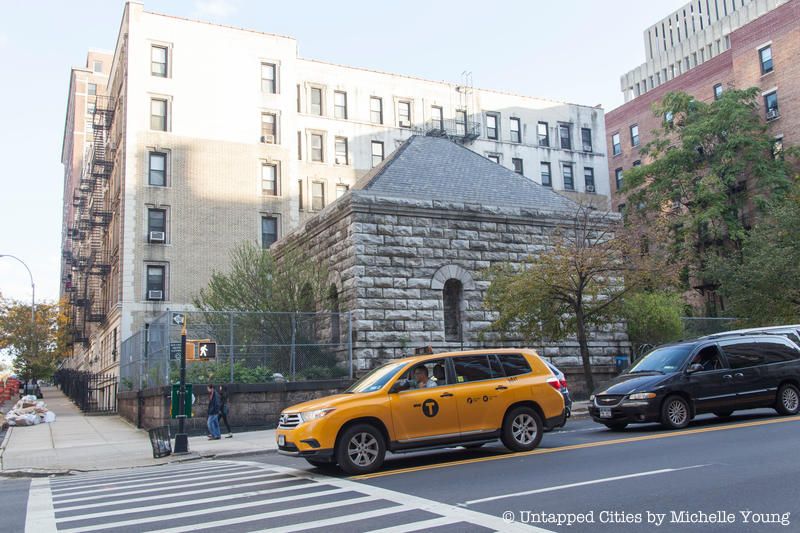
Before 1842, fresh water was only accessible to the New York City elite. Since most of the population could not afford clean water, epidemics like cholera became major concerns since they had spread through the rivers and springs of Manhattan. However, the Croton Aqueduct would provide a 32-mile gateway for clean water from Upstate New York to downtown Manhattan. It could carry up to 100 million gallons of water a day, but the New Croton Aqueduct (built in 1890) could provide double that. However, much of the Old Aqueduct’s infrastructure is still intact.
The Croton Aqueduct gatehouses provided access to the aqueduct for maintenance and regulation of water flow. Two gatehouses in Morningside Heights along Amsterdam Avenue remain, at 113th and 119th Streets. However, the one on 119th Street, constructed in 1894 of granite blocks and topped by a slate-shingled roof, is still in disrepair. A New York Times article from 2018 described its interior: “Everyone peered into the gloom. The arched windows were sealed. Dirt and sand covered the ground. Sections of decorative iron fencing were stacked in a corner.”
Next, read about the secrets of Columbia University!
Originally published October 2021
Subscribe to our newsletter